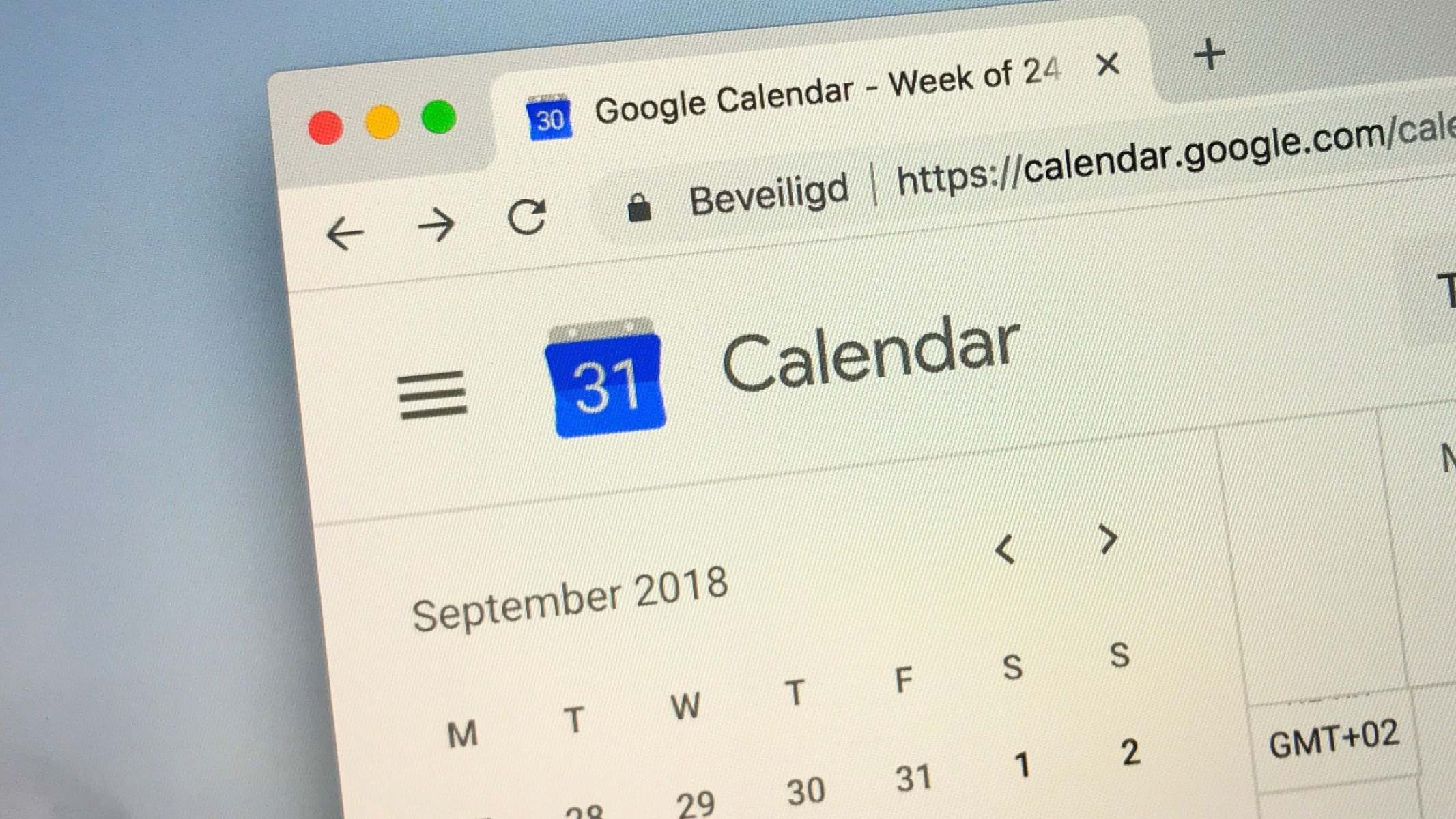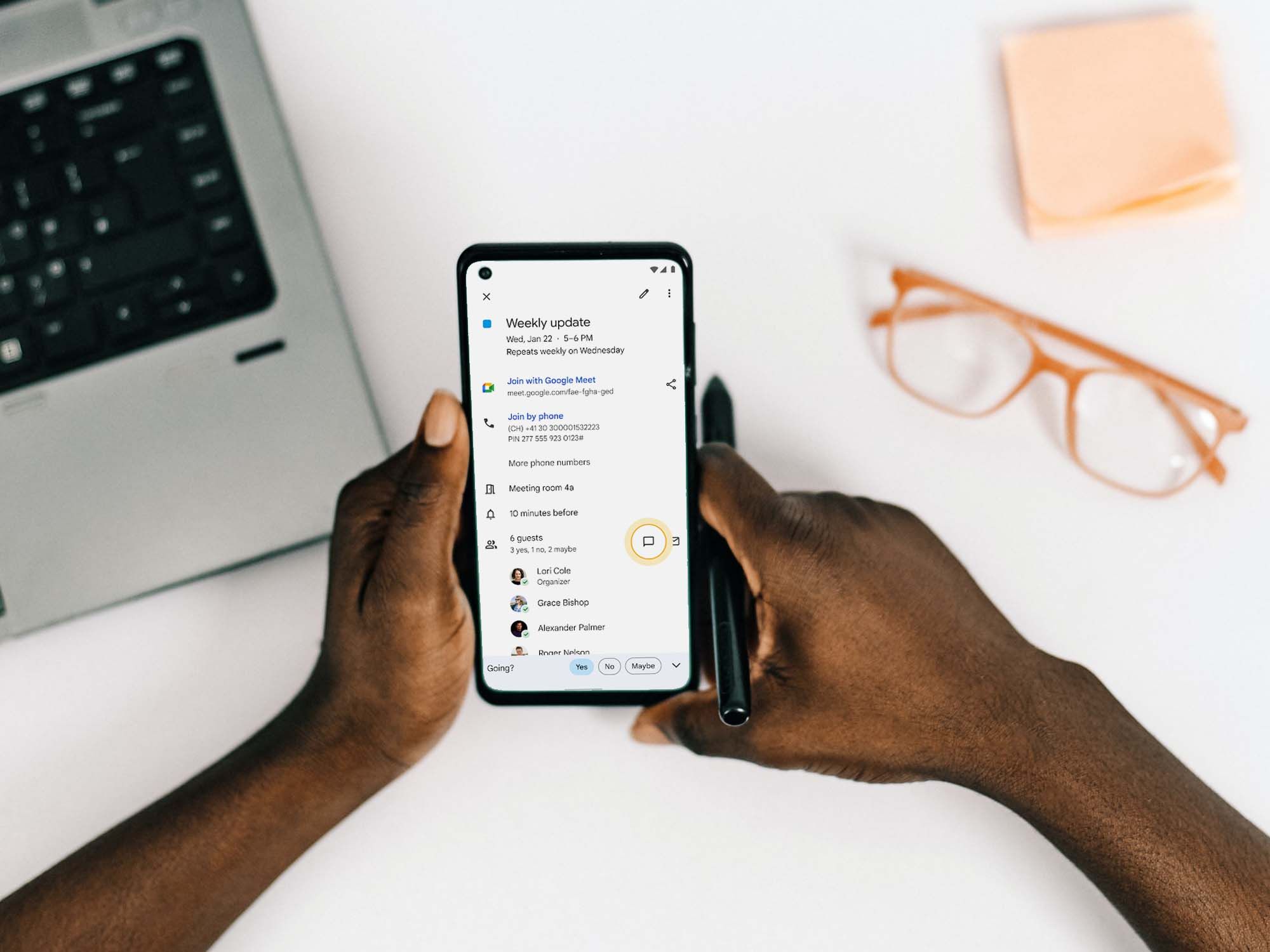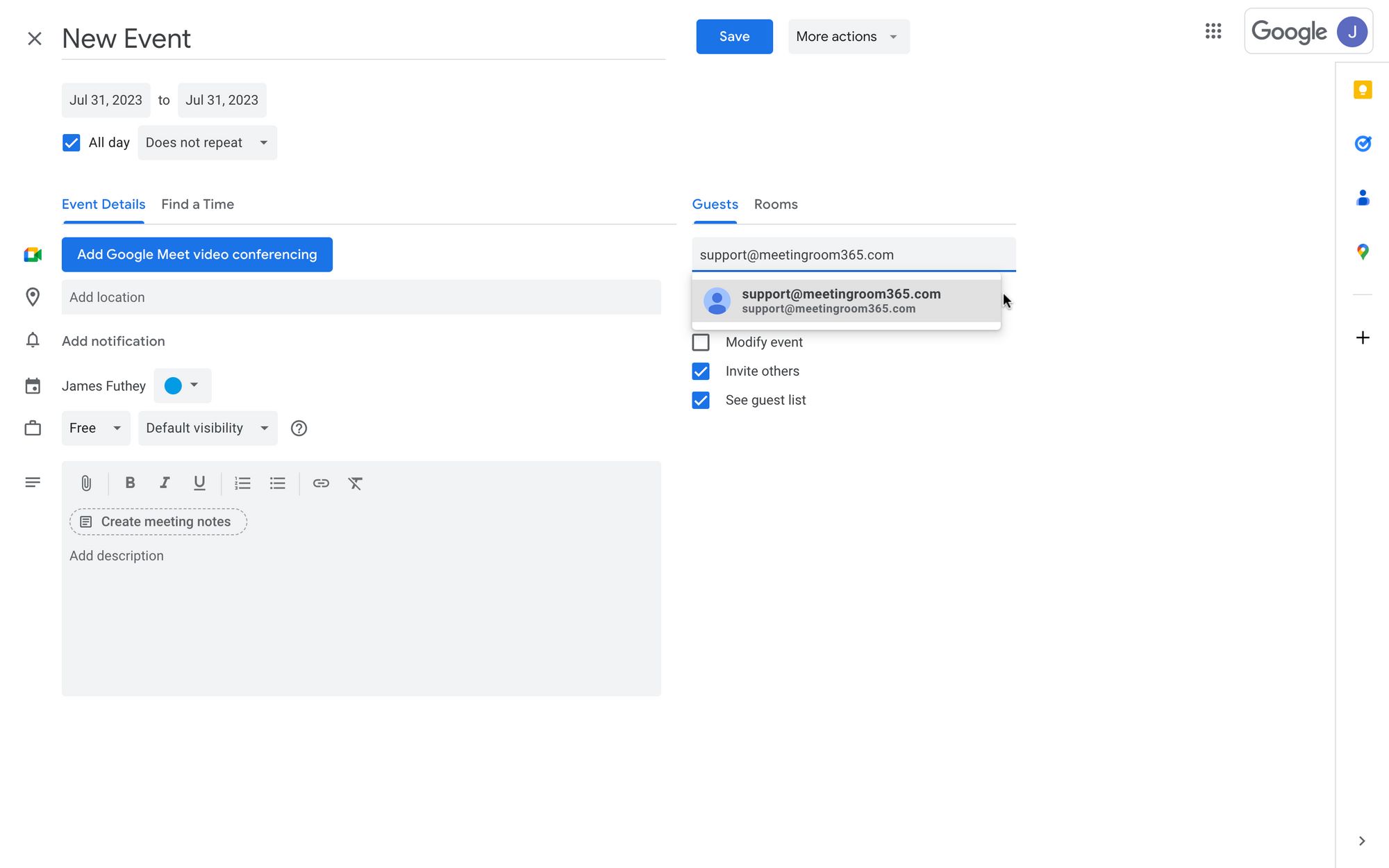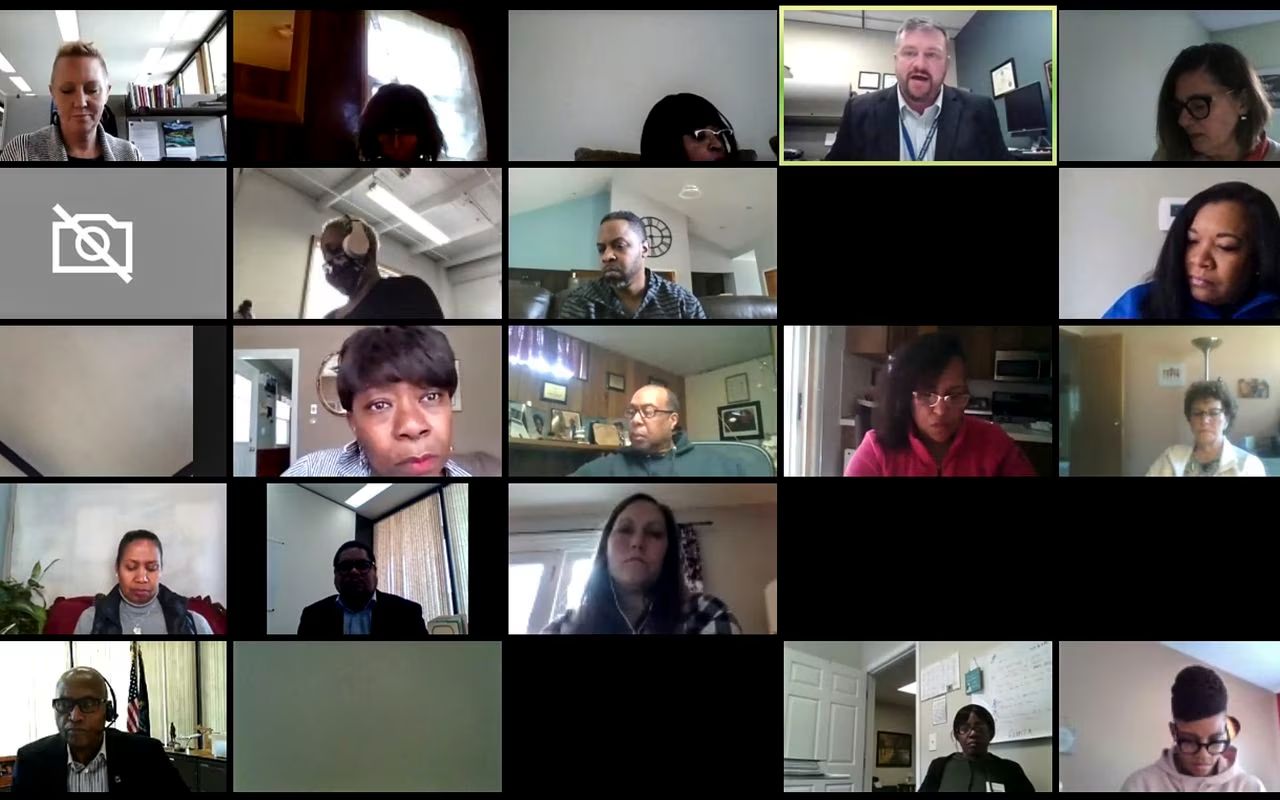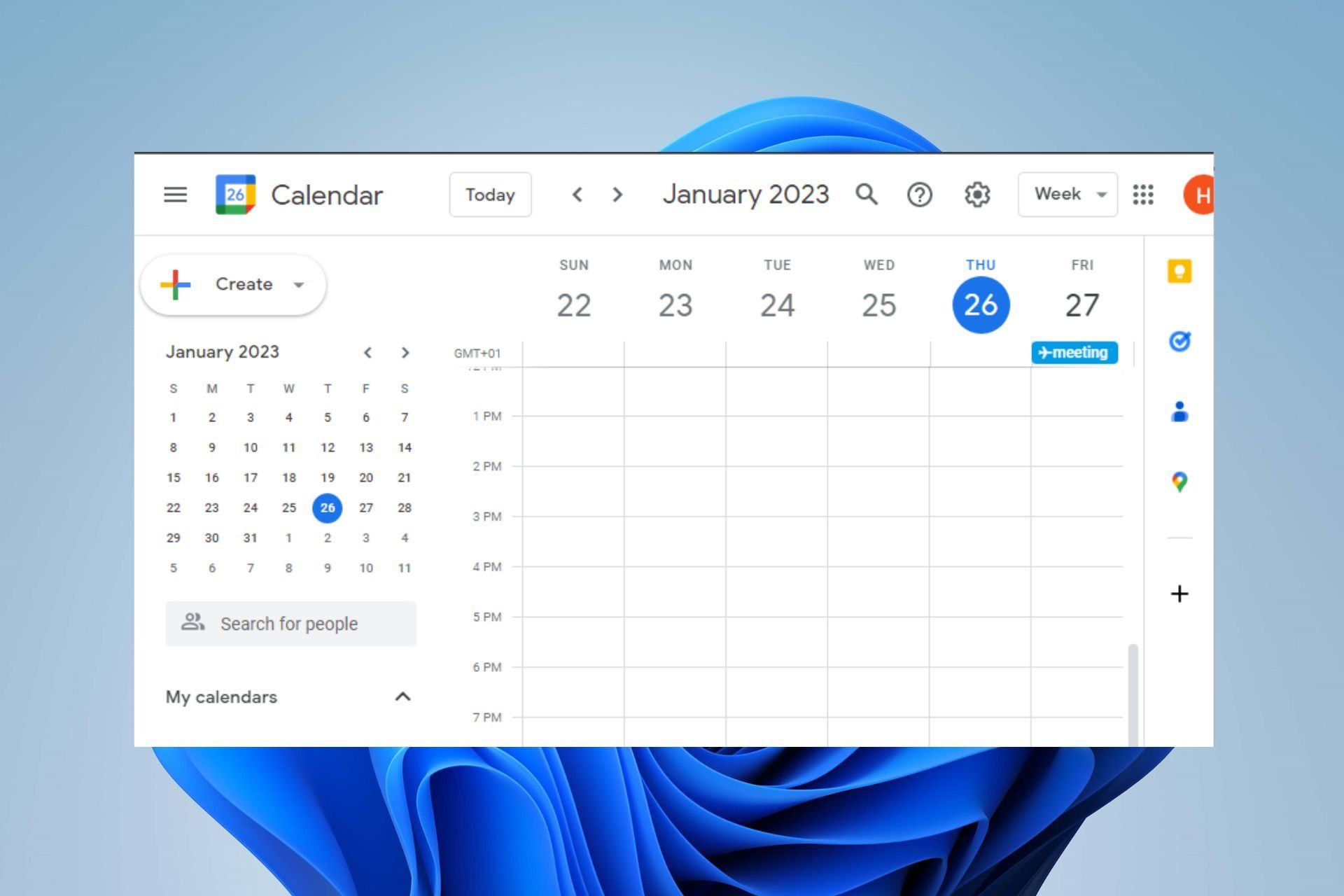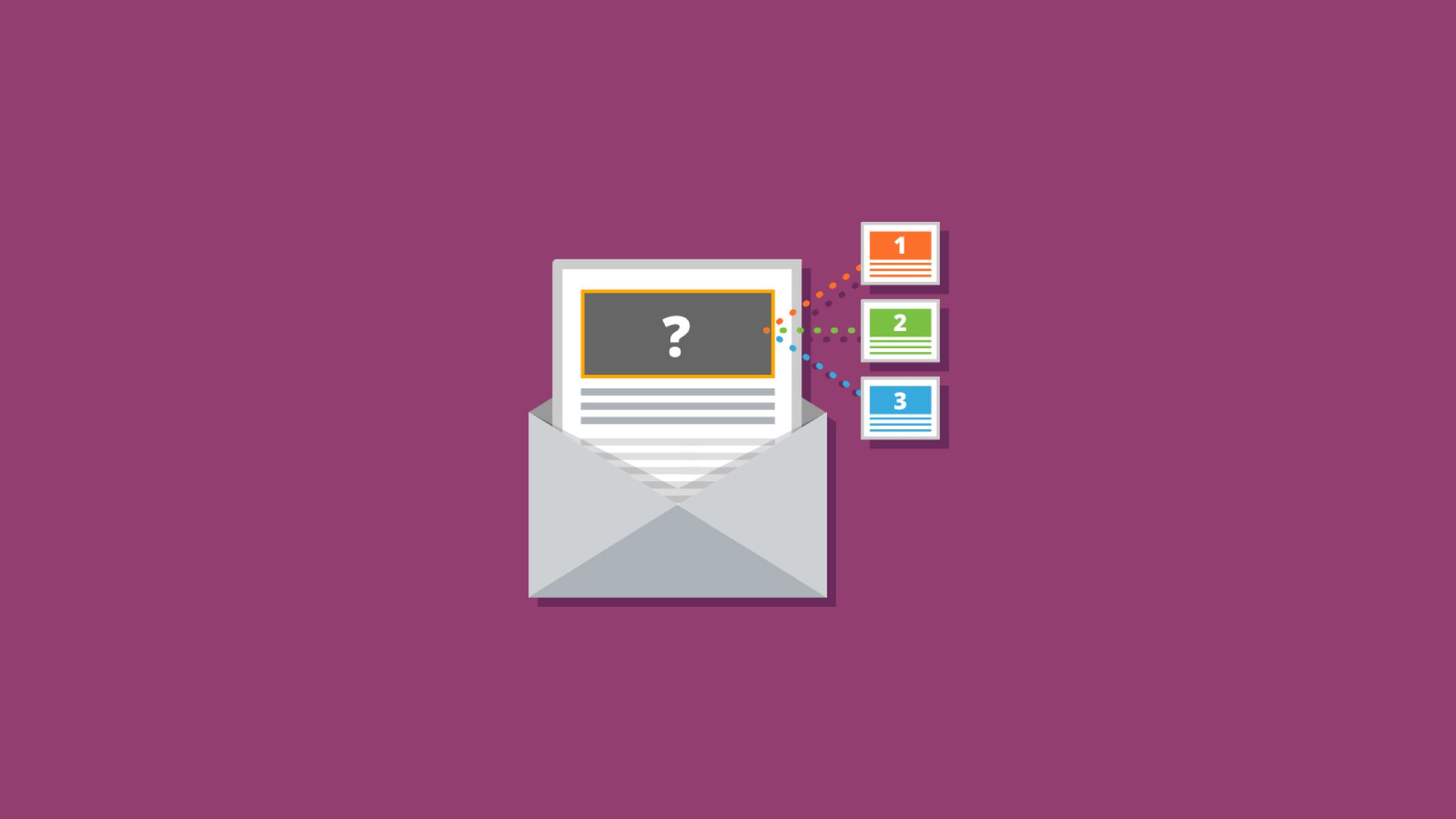Why Choose to RSVP by Email
When it comes to responding to invitations, traditional methods like phone calls or mailing RSVP cards are slowly becoming outdated. In today’s fast-paced digital world, email has emerged as a convenient and efficient way to RSVP for events. Here are a few reasons why you should consider opting for email as your preferred method of RSVP:
- Convenience: RSVPing by email allows you to respond to invitations at any time, from anywhere. Whether you’re at work, on the go, or relaxing at home, all you need is access to your email account. This flexibility ensures that you won’t miss the RSVP deadline.
- Speedy Communication: Email offers a swift and direct means of communication. With just a few clicks, your response can reach the event organizer instantly, providing them with the information they need in a timely manner. This eliminates the risk of postal delays or missed phone calls.
- Clear and Concise: RSVPing by email allows you to express your response in a clear and concise manner. You can use a subject line that clearly identifies the purpose of the email, making it easy for the recipient to identify and categorize your response. Moreover, you have the freedom to structure your email in a way that highlights important details and provides any necessary additional information.
- Organized Record-Keeping: Email provides a convenient way to keep track of your RSVPs. Once you send your response, you have a digital record of your confirmation or regrets. This can come in handy when referring back to event details or if you need to update your response later on.
- Environmentally Friendly: Choosing to RSVP by email reduces paper waste and contributes to a greener environment. By eliminating the need for printed RSVP cards and envelopes, you’re taking a small step towards sustainability.
By adapting to modern technology and choosing to RSVP by email, you’ll save time, enhance communication, and contribute to a more sustainable future. So, the next time you receive an invitation, consider harnessing the power of email to respond promptly and effortlessly.
Step 1: Writing a Clear Subject Line
The subject line of your RSVP email plays a crucial role in grabbing the recipient’s attention and ensuring that your response is noticed. A well-crafted subject line not only helps the event organizer identify your email quickly but also sets the right tone for your RSVP. Here are some tips on how to write a clear and effective subject line for your RSVP email:
- Be Specific: Make sure to clearly mention the purpose of your email in the subject line. For example, if you’re confirming your attendance, use a subject line like “RSVP – [Event Name] – Attending” or “Count me in for [Event Name].” If you’re unable to attend, you can use subject lines like “Regret – [Event Name] – Unable to attend” or “Sorry, I can’t make it to [Event Name].” Being specific helps the recipient quickly understand your response without having to open the email.
- Include Event Details: If possible, include relevant event details in the subject line to provide more context. This can include the date, time, and location of the event. For example, “RSVP – [Event Name] on [Event Date]” or “Regret – [Event Name] on [Event Date].” Including these details helps the recipient identify the event and process your response faster.
- Keep it Concise: While it’s important to be specific, it’s equally important to keep the subject line concise. Avoid lengthy subject lines that may get cut off or become confusing. Aim for a subject line that clearly conveys your response in a few words, making it easy for the recipient to understand at a glance.
- Use Proper Punctuation and Capitalization: Ensure that you use proper punctuation and capitalize the necessary words in your subject line. This not only makes your email look more professional but also helps the recipient read and understand the subject line more easily. Avoid using excessive capitalization or special characters, as it may come across as unprofessional or spammy.
- Avoid Ambiguity: Make sure your subject line leaves no room for confusion. Clearly state whether you are confirming your attendance or regretting the invitation. This eliminates any ambiguity and prevents miscommunication.
By following these tips, you can create a subject line that grabs attention, clearly communicates your response, and makes it easier for the recipient to process your RSVP. A well-crafted subject line sets the tone for your RSVP email and increases the chances of a prompt and accurate response from the event organizer.
Step 2: Addressing the Email Appropriately
Addressing the email appropriately is essential to ensure that your RSVP is received by the intended recipient and creates a good impression. A properly addressed email shows respect and professionalism. Here are some guidelines to follow when addressing your RSVP email:
- Use the Correct Salutation: Begin your email with a respectful salutation that matches your relationship with the event organizer. If you have a formal relationship or are unfamiliar with the recipient, use “Dear [Name]” followed by a colon. For more casual or familiar relationships, you can use “Hi [Name]” or “Hello [Name]”.
- Double-Check the Spelling and Title: Ensure that you spell the recipient’s name correctly and use the appropriate title or honorific. If you’re unsure about the correct spelling or title, it’s better to double-check and use the correct information than to make assumptions.
- Be Respectful and Polite: Maintain a respectful and polite tone throughout your email. Use courteous language and avoid using overly casual or slang terms. Remember that your email reflects your professionalism, so it’s important to make a positive impression.
- Use a Professional Email Address: Ensure that your email address reflects professionalism. If your current email address is unprofessional or contains offensive content, consider creating a new email address specifically for RSVPs or use an alternate email address that presents a more professional image.
- Include your Name: Sign off your email with your full name, rather than just your first name or initials. This helps the recipient identify you and ensures that your response is not mistaken for someone else’s. Additionally, including your full name adds a personal touch to your RSVP.
- Proofread before Sending: Carefully proofread your email for any spelling, grammar, or formatting errors before hitting the send button. A well-written and error-free email demonstrates attention to detail and professionalism.
By addressing your email appropriately, you show respect, establish a professional tone, and ensure that your RSVP reaches the right person. Following these guidelines will help you create a positive impression and increase the likelihood of a successful response to your RSVP.
Step 3: Expressing Gratitude in the Email
Expressing gratitude in your RSVP email is not only a courteous gesture but also shows appreciation for the invitation. It demonstrates good manners and leaves a positive impression on the event organizer. Here are some tips on how to effectively express gratitude in your email:
- Start with a Thank You: Begin your email by expressing your gratitude for the invitation. Use phrases like “Thank you for inviting me to [Event Name]” or “I appreciate the kind invitation to [Event Name].” This sets a positive tone and shows that you acknowledge the effort made by the event organizer.
- Be Specific: If there are specific aspects of the event that you appreciate, mention them in your email. For example, you can mention the excitement you feel about attending a particular session, meeting new people, or enjoying the entertainment. Highlighting specific details shows that you’ve paid attention to the invitation and are genuinely looking forward to the event.
- Use Polite and Enthusiastic Language: Choose your language carefully to convey your sincere appreciation. Use polite and enthusiastic phrases such as “I am delighted to accept your invitation” or “I am honored to be included.” These expressions demonstrate your genuine interest and gratitude.
- Mention the Importance: If the event holds particular significance for you, such as a milestone celebration or a professional opportunity, express that in your email. Letting the event organizer know why the invitation is important to you adds a personal touch and shows genuine enthusiasm.
- Keep it Genuine: While it’s important to express gratitude, make sure your words come from the heart. Avoid overusing generic phrases or clichés. Instead, focus on expressing your genuine appreciation and excitement for being included.
By expressing gratitude in your RSVP email, you demonstrate good manners, acknowledge the thoughtful invitation, and leave a positive impression on the event organizer. Remember to personalize your expression of gratitude and make it genuine. Your appreciation will be felt and remembered as a result.
Step 4: Confirming Attendance or Regret
After expressing gratitude, the next step in your RSVP email is to clearly communicate your response regarding your attendance or regret for the event. This step is crucial as it helps the event organizer effectively plan and make necessary arrangements. Here’s how you can confirm your attendance or regret in your RSVP email:
- State your Response Clearly: Begin this section of your email by clearly stating whether you will be attending or regretfully declining the invitation. Use direct and concise language to avoid any confusion. For example, you can say, “I am pleased to confirm my attendance” or “Unfortunately, I am unable to attend.”
- Provide a Reason (If Appropriate): If necessary or if you feel comfortable doing so, provide a brief reason for your response. This can be helpful for the event organizer to understand your circumstances. For instance, if you’re unable to attend due to a scheduling conflict, express this briefly but honestly. However, if you’re declining for personal reasons, it’s not necessary to provide an explanation.
- Offer Congratulations (If Appropriate): If the event is a celebration or a special occasion, and you are unable to attend, consider offering your congratulations or well wishes in your email. This shows that you acknowledge the significance of the event and want to extend your good wishes, even if you can’t be there in person.
- Reiterate Your Appreciation: Close this section of your email by reiterating your appreciation for the invitation. This reinforces your gratitude and maintains a positive tone throughout your response.
By clearly communicating your attendance or regrets, you assist the event organizer in planning accordingly. Remember to be polite and respectful, regardless of your response. Your timely and clear response is greatly appreciated and helps ensure a smooth and well-organized event.
Step 5: Providing Additional Information if Needed
Sometimes, when RSVPing for an event, you may need to provide additional information to the event organizer. This can include dietary restrictions, accessibility requirements, or any other pertinent details that may affect your attendance. Here’s how you can provide additional information in your RSVP email:
- Clearly Communicate Special Requirements: If you have any specific dietary restrictions or allergies, be sure to mention them in your email. This allows the event organizer to make suitable arrangements and accommodate your needs. For example, you can state, “I have a severe nut allergy, so please ensure that the menu does not include any nuts or nut products.”
- Request Special Accommodations: If you require any special accommodations or have accessibility needs, it’s important to communicate them in your RSVP email. For instance, if you need wheelchair accessibility or prefer a particular seating arrangement, kindly request it in a respectful and clear manner. This ensures that the event organizer can make the necessary arrangements in advance.
- Include Guest Details: If the invitation allows for a plus-one or specifies that you can bring a guest, provide the event organizer with the necessary information about your guest. This can include their name, dietary restrictions, or any other relevant details. Be sure to clarify if you’ll be attending alone or with a guest to avoid any confusion.
- Ask Questions or Seek Clarification: If you have any questions or need clarification about the event, it’s appropriate to include them in your RSVP email. This shows that you’re proactive in seeking information and ensures that you fully understand the details before attending. Remember to frame your questions politely and concisely so that the event organizer can provide you with the necessary information.
- Express Appreciation for Consideration: End this section of your email by expressing your gratitude for the event organizer’s consideration. Show appreciation for their efforts in accommodating your needs or answering your questions. This demonstrates that you value their attention to detail and assistance.
By providing additional information as needed, you help the event organizer make suitable arrangements and ensure a smooth and enjoyable experience for all attendees. Be clear, concise, and grateful in your communication to ensure that your needs are met and any potential concerns are addressed.
Step 6: Adding a Closing and Signature
Adding a closing and signature to your RSVP email is the final touch that completes your response in a professional and courteous manner. It provides closure to your message and ensures that the event organizer has all the necessary information. Here’s how you can effectively add a closing and signature to your RSVP email:
- Choose an Appropriate Closing: Select an appropriate closing that matches the tone of your email and your relationship with the event organizer. Common options include “Sincerely,” “Best regards,” or “Thank you again.” Use a comma after the closing and leave a space before your signature.
- Include Your Full Name: Sign off your email with your full name, so the event organizer can easily identify you. If you have a professional title or affiliation related to the event, you can include it as well. For example, “John Smith” or “Jane Doe, Marketing Manager.”
- Add Contact Information (Optional): If you feel it is necessary or if requested, you may include your contact information in the signature. This can include your phone number or email address, making it easier for the event organizer to reach out to you if needed.
- Consider including a brief Personal Note (Optional): Adding a brief personal note after your signature can be a nice touch. For example, you can include a message like “Looking forward to the event!” or “Excited to see you there!” This personalizes your response and adds a friendly touch.
By adding a closing and signature, you bring a sense of professionalism and completeness to your RSVP email. It ensures that your response is properly concluded and provides clear identification of who the response is from. Remember to keep your closing and signature concise and respectful, maintaining the same level of professionalism you’ve consistently maintained throughout your email.
Step 7: Reviewing and Proofreading the Email
Before hitting the send button on your RSVP email, it is crucial to review and proofread your message to ensure accuracy, clarity, and professionalism. Taking a few moments to double-check your email can help avoid errors and make a positive impression on the event organizer. Here’s how you can effectively review and proofread your email:
- Check for Spelling and Grammar: Carefully examine your email for any spelling or grammatical errors. Proofread each sentence to ensure proper punctuation and grammar. Typos and grammatical mistakes can detract from the professionalism of your response.
- Read for Clarity and Coherence: Read through your email to ensure that your message is clear and coherent. Check that your sentences flow smoothly and your ideas are expressed logically. If any part of your email seems confusing or unclear, consider revising it for better clarity.
- Verify Accuracy of Information: Double-check all the information provided in your email to ensure its accuracy. Confirm that the event details, such as the date, time, and location, are correct. Verify any additional information or requests you included to ensure their accuracy as well.
- Ensure Proper Formatting: Pay attention to the formatting of your email. Ensure that the font, font size, and alignment are consistent throughout the email. Check that any bulleted points or numbered lists are properly formatted and indented for easy readability.
- Consider the Tone and Politeness: Review the overall tone and politeness of your email. Ensure that your message is respectful, professional, and conveys gratitude in an appropriate manner. If needed, make adjustments to ensure the tone aligns with your intentions.
By thoroughly reviewing and proofreading your RSVP email, you demonstrate attention to detail and professionalism. Taking the time to polish your email ensures that your response is clear, error-free, and leaves a positive impression on the event organizer.
Step 8: Sending the Email and Follow-ups
Once you have reviewed and proofread your RSVP email, it’s time to send it and follow up as necessary. Sending your response promptly and following up when needed ensures effective communication and confirms your commitment to the event. Here’s what you should do:
- Click “Send”: When you are satisfied with your RSVP email, click the “Send” button to deliver your response to the event organizer. Double-check the recipient’s email address to ensure accuracy before sending.
- Save a Copy: After sending the email, save a copy for your records. Having a digital copy of your response will come in handy if you need to refer back to it or verify any details later on.
- Monitor for Responses: Keep an eye on your email for any responses or follow-ups from the event organizer. Respond promptly and in a courteous manner to any inquiries or requests they may have regarding your RSVP or the event itself.
- Follow Up if Necessary: If you do not receive a confirmation or acknowledgement of your RSVP within a reasonable timeframe, it is appropriate to follow up with the event organizer. Send a polite and concise email inquiring about the status of your RSVP. This shows your proactive approach and commitment to the event.
- Respect RSVP Deadlines: It is important to respect the provided RSVP deadline if one is specified. Responding before the deadline demonstrates your consideration for the event organizer’s planning and allows them ample time to make necessary arrangements.
- Communicate Changes: If for any reason your plans change after submitting your RSVP, promptly inform the event organizer. Whether you need to adjust your attendance or cancel altogether, it is courteous to inform them as early as possible so they can make the necessary adjustments.
By sending your email promptly and following up when necessary, you ensure effective communication with the event organizer and demonstrate your commitment to attending the event. Monitoring for responses and respecting RSVP deadlines allows for a smooth and well-organized event experience for all involved.
Tips for Effective RSVP Emails
Crafting an effective RSVP email not only ensures clear communication but also leaves a positive and professional impression on the event organizer. Here are some helpful tips to make your RSVP emails more effective:
- Respond Promptly: RSVP as soon as possible to ensure the event organizer can plan accordingly. Responding promptly demonstrates your professionalism and consideration for their planning process.
- Keep it Concise: Be clear and to the point in your RSVP email. Avoid lengthy explanations or irrelevant details. Stick to the necessary information while being polite and respectful.
- Use Proper RSVP Language: Include phrases like “RSVP,” “Confirming my attendance,” or “Regretfully declining” to make your response clear and formal. This helps the event organizer quickly understand your intentions.
- Proofread Carefully: Take the time to review and proofread your email for any spelling, grammatical, or formatting errors. A well-written email reflects your attention to detail and professionalism.
- Personalize your Response: Add a personal touch to your RSVP email by expressing your gratitude for the invitation and mentioning specific details that you’re excited about. This shows your genuine interest in the event.
- Be Respectful and Polite: Maintain a respectful and polite tone throughout your email. Use polite language, avoid slang or informal expressions, and show appreciation for the invitation and the event organizer’s efforts.
- Provide Relevant Additional Information: If necessary, include any additional information that may affect your attendance, such as dietary restrictions or accessibility needs. This helps the event organizer make appropriate arrangements.
- Keep Track of RSVPs: Keep a record of your RSVPs, including event details and any responses you receive. This ensures that you stay organized and can refer back to the information when needed.
- Double-Check Before Sending: Before hitting the send button, double-check all the details in your RSVP email, including the recipient’s email address, event details, and your response. This helps avoid any last-minute errors.
- Follow Up When Necessary: If you don’t receive a confirmation or response within a reasonable timeframe, it’s appropriate to follow up with the event organizer. This shows your commitment to attending the event and allows for necessary communication.
By following these tips, you can create effective RSVP emails that convey your response clearly, showcase your professionalism, and ensure a smooth and well-organized event experience for both you and the event organizer.
Conclusion
RSVPing by email has become a popular and convenient method for responding to event invitations. By following the steps outlined in this guide, you can craft effective RSVP emails that leave a positive and professional impression on the event organizer. From writing a clear subject line to expressing gratitude, confirming your attendance or regret, providing additional information when needed, and adding a closing and signature, each step plays a crucial role in ensuring effective communication and a well-organized event.
Remember to personalize your RSVP email, proofread it for errors, and maintain a respectful and polite tone throughout. By promptly sending your RSVP and following up when necessary, you show your commitment to attending the event and assist the event organizer in their planning process. Additionally, by incorporating the suggested tips for effective RSVP emails, you can optimize your communication and make a positive impact with your responses.
In the era of digital communication, email has become a convenient and efficient tool for RSVPing. Embrace the benefits of this method and reap the rewards of clear, prompt, and professional communication with event organizers. By carefully crafting your RSVP emails, you contribute to a smooth and well-organized event experience while showcasing your professionalism and gratitude. So, the next time you receive an invitation, harness the power of email to RSVP and make a lasting impression.









